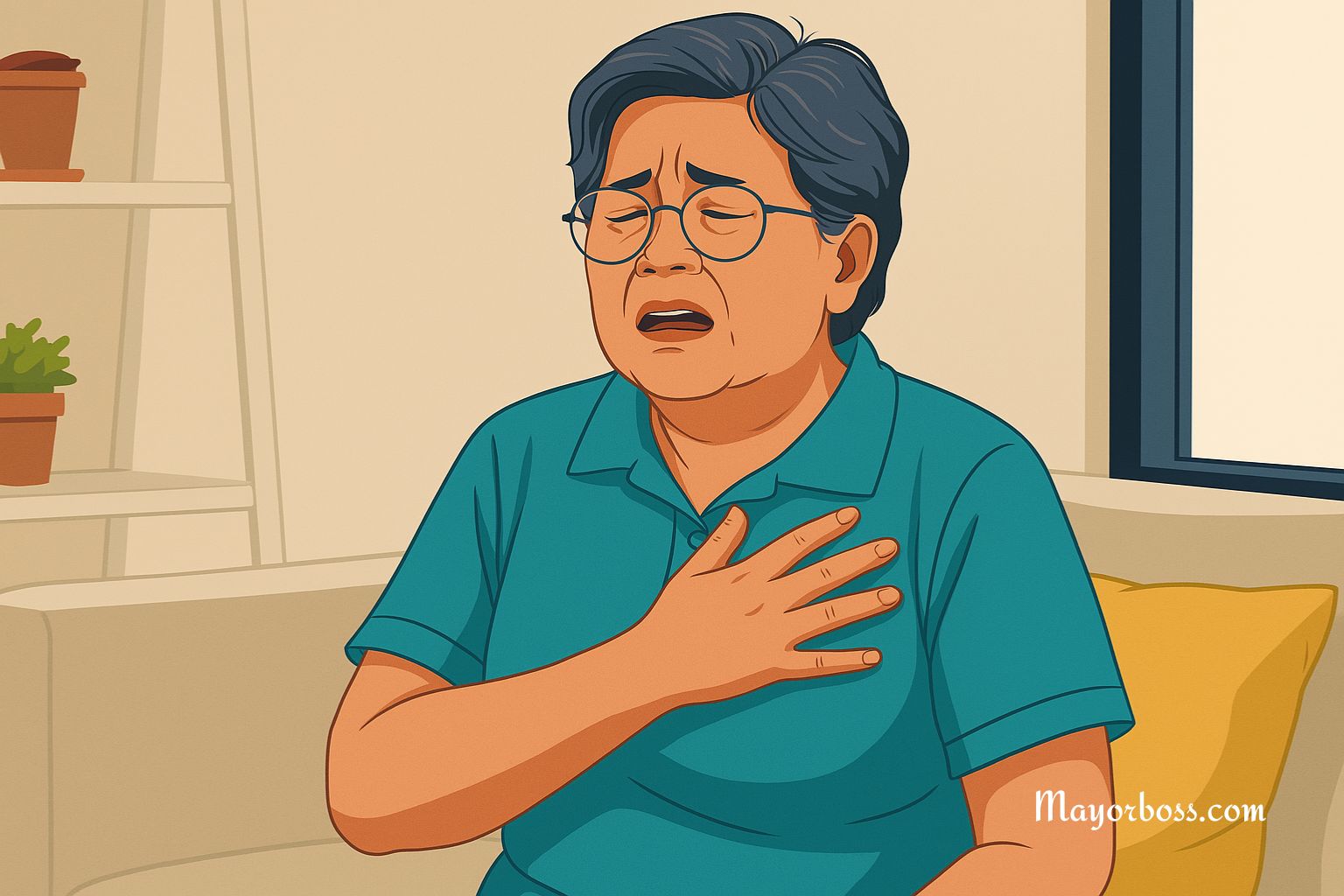Symptoms of a Blocked Artery
Blocked arteries, also known as arterial blockages, occur when blood flow becomes restricted due to the buildup of fatty deposits called plaque. These blockages can happen in various arteries throughout the body, including those in the heart, brain, legs, and arms. The symptoms often vary depending on which arteries are affected. Recognizing these symptoms early is vital to reduce the possibility of serious complications, such as heart attack or stroke.

What Causes Arteries to Become Blocked?
Arteries can become narrowed or blocked due to a condition called atherosclerosis. This condition develops when plaque—made up of cholesterol, fat, calcium, and other substances—accumulates inside the artery walls. Over time, this buildup can harden and narrow the arteries, limiting the flow of oxygen-rich blood.
Several factors increase the likelihood, including high cholesterol, high blood pressure, smoking, diabetes, obesity, and lack of physical activity. Family history and age also contribute.
General Symptoms of a Blocked Artery
Not all blocked arteries cause noticeable symptoms right away. In fact, many individuals live with partial blockages for years without knowing it. However, as the blockage worsens, symptoms may begin to appear. These symptoms differ depending on which part of the body is affected.
Blocked Arteries in the Heart (Coronary Arteries)
When the arteries that supply blood to the heart become blocked, the condition is called coronary artery disease (CAD). The symptoms often include:
Chest Pain or Discomfort (Angina)
This is the most common warning sign. It may feel like pressure, squeezing, heaviness, or pain in the chest. Some people describe it as a burning or tight sensation. It often happens during physical activity or stress and improves with rest.
Shortness of Breath
If the heart cannot pump enough blood to meet the body’s needs, you may feel short of breath even with mild exertion.
Fatigue
You may feel unusually tired, especially during physical activity. This can happen when the heart struggles to get enough oxygen.
Pain in Other Areas
The pain may spread to the arms, shoulders, neck, jaw, or back. In some cases, this may be the only symptom.
Blocked Arteries in the Brain (Carotid Arteries)
When the carotid arteries in the neck are blocked, the brain may not receive enough blood. This increases the chance of a stroke. Symptoms may include:
- Sudden Weakness or Numbness: You may feel weakness or numbness on one side of the body, especially in the face, arm, or leg.
- Trouble Speaking or Understanding Speech: Blocked carotid arteries can affect speech and comprehension. You might slur words or find it hard to understand others.
- Sudden Vision Problems: Vision in one or both eyes may become blurry or suddenly lost.
- Dizziness or Loss of Balance: Feeling dizzy or unsteady may be a sign of reduced blood flow to the brain.
Blocked Arteries in the Legs (Peripheral Artery Disease)
When arteries in the legs become blocked, the condition is known as peripheral artery disease (PAD). Common symptoms include:
- Leg Pain While Walking (Claudication): This is the most common sign. The pain often feels like cramping or aching in the calf, thigh, or hip. It usually stops with rest.
- Coldness in the Lower Leg or Foot: One leg or foot may feel colder than the other, especially during rest.
- Slow-Healing Wounds: Sores or ulcers on the legs, feet, or toes may take a long time to heal. In severe cases, they may not heal at all.
- Skin Color Changes: The skin may appear pale, bluish, or shiny due to poor circulation.
Blocked Arteries in the Arms
Though less common, blocked arteries in the arms can also cause symptoms. These may include:
- Weakness or heaviness in the arm
- Numbness or tingling
- Pain with movement or use
- Cold or pale hands or fingers
When to Seek Medical Attention
Blocked arteries can lead to serious and potentially life-threatening complications. If you experience chest pain, sudden shortness of breath, weakness on one side of the body, or trouble speaking, seek emergency care right away. These may be signs of a heart attack or stroke.
Even milder symptoms, such as leg pain while walking or cold feet, should not be ignored. Early diagnosis and treatment can improve blood flow and reduce the chance of complications.
